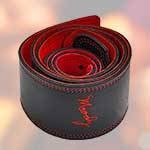Still, it's so hot.
This summer is very much like summer and that's quite nice... I started with an uncharacteristic phrase, but this month's production article is postponed again.
Don't worry! I will definitely complete it to the end, so please just leave the unfinished buffer quietly in the corner of your desk.
In the evening of March 2001, I was heading to the Tokyo International Forum.
At the time, I was working as a customer support engineer for ENGL and was lending equipment to a visiting musician.
That musician was none other than Steve Morse, the guitarist of the hard rock legend 'Deep Purple.'
I rushed to check the equipment in time for the final rehearsal on stage.
I had some doubts about whether it would actually be used.
After all, for a medium-sized venue like the Tokyo International Forum, we lent two 100W output special edition models and, if I remember correctly, either two Powerballs or two Invaders, along with four cabinets each containing four speakers.
When I arrived at the stage, I was surprised.
A brilliant system was set up to maximize the potential of the amps.
Needless to say, Deep Purple's guitar sound primarily revolves around overdrive, but there wasn't a single distortion effect pedal at Steve Morse's feet.
Instead, there were three Ernie Ball volume pedals, a Behringer simple mixer, and an echo machine.
What surprised me even more was that he had selected the clean mode among the four available modes on the main ENGL Special Edition amp.
Now, thank you for waiting.
Here comes the behind-the-scenes story, which is the core of this article.
The distortion comes from turning the gain on the clean channel all the way up!
The distortion is then adjusted by the volume of the input guitar, but simply plugging the guitar straight into the amp’s clean channel doesn’t produce much distortion.
Therefore, the sound is amplified through a mixer to an active line level before being sent to the amp.
Additionally, by connecting an echo machine to the AUX, the effect can be fine-tuned to a very precise degree.
The sound was incredibly loud, almost like a deep rumble, with excellent sustain due to the gain being turned all the way up.
I was entranced by the sound for a while... even though it was the guitar technician playing.
When Steve Morse appeared, I asked him various questions, but he doesn’t play the guitar at all during rehearsals.
He doesn’t even check the sound from the amp until the actual performance. I was worried if everything would be okay, but Steve said, 'It’s never been a problem before... it should be fine, right?' ...Seriously?
Just behind the side of the stage, the guitar technician had five guitars, including backup ones, standing on a workbench, all tuned and ready.
They were on standby, ready to respond instantly to any sudden trouble.
By the way, the three volume pedals at his feet were connected in quite a complex manner: one was for volume, another for AUX balancing, and the purpose of the third one was unclear...
When you think about it, even the Marshall Plexi, which everyone reveres as the best, originally had a single volume control for a clean sound.
If you thought, 'That's wrong! The Plexi has a two-volume setup,' you still have more to learn.
It's more accurate to understand it as having two single-volume amps built-in, allowing for different preamp tones to be swapped.
The input link connection was not the intended use method designed by Marshall.
However, the Marshall engineers at the time did acknowledge that using the two volumes simultaneously through the link connection was quite a good idea.
I think Steve Morse's method this time aimed to achieve a natural, loud, and sustain-rich sound by fully amplifying the sound through the same clean channel.
What do you think? The secret to Deep Purple's loud guitar sound was distortion from a fully turned-up clean channel.
See you again.
Next time, I'll definitely return to the DIY blog.






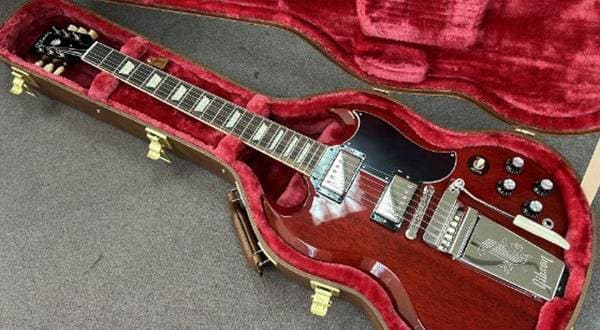
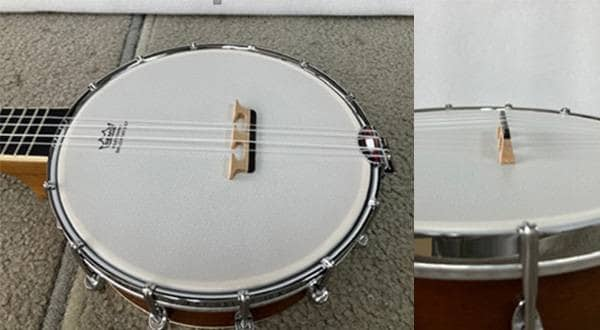
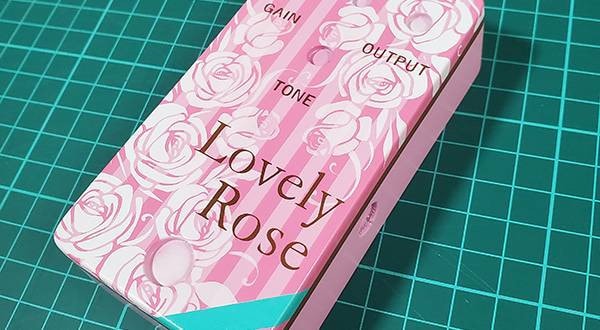
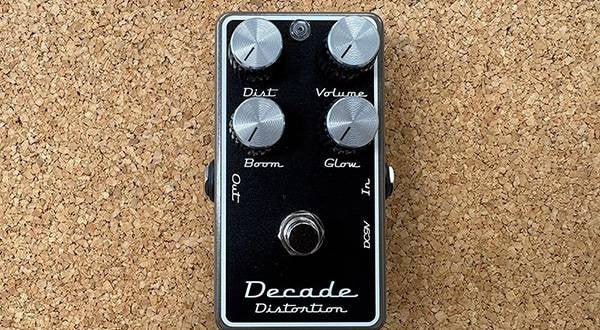
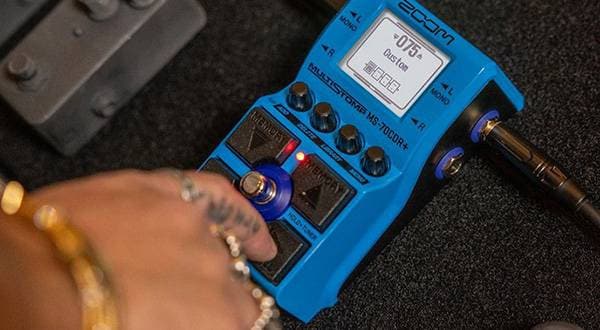
![[Guitarist’s Perspective] Equipment that is Thought to Improve Sound Just by Passing it Through Part 2 - Clean Boosters](/contents/uploads/thumbs/2/2023/3/20230307_2_21607_1.jpg)
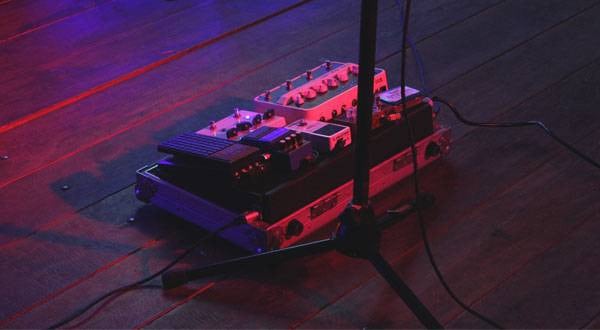
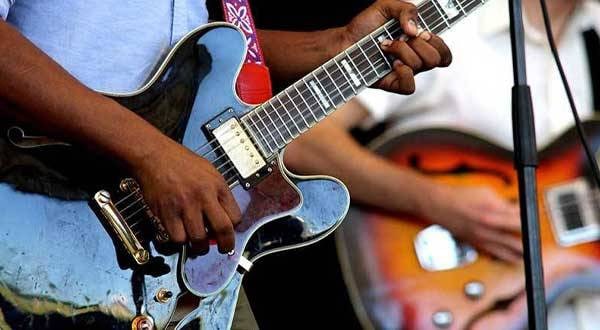
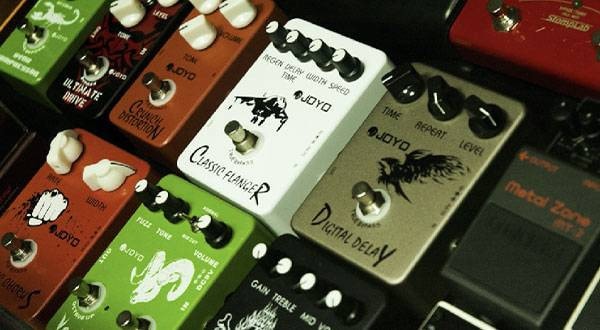
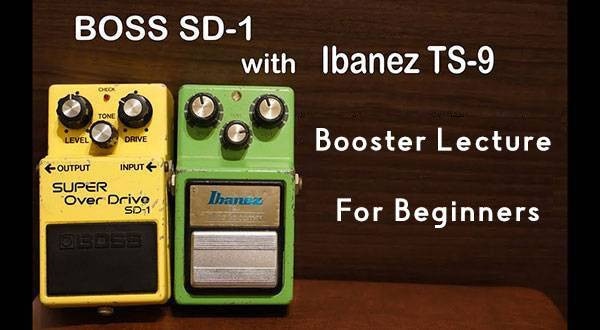

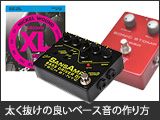 太く抜けの良い音を求めるベーシストへ
太く抜けの良い音を求めるベーシストへ
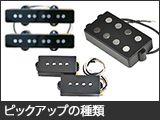 ピックアップの種類
ピックアップの種類
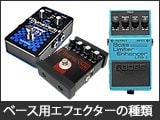 ベース用エフェクターの種類
ベース用エフェクターの種類
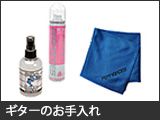 ギターのお手入れ
ギターのお手入れ
 エフェクターのつなぎ方
エフェクターのつなぎ方
 エフェクターの種類
エフェクターの種類

